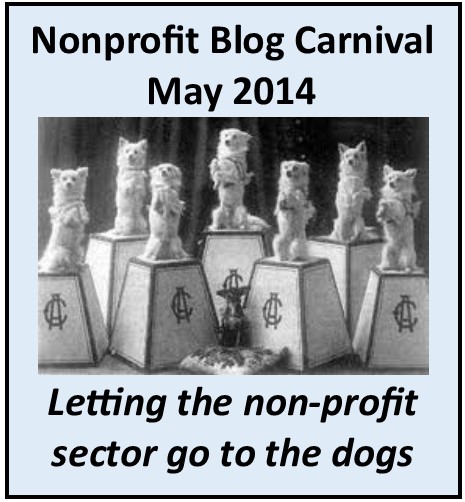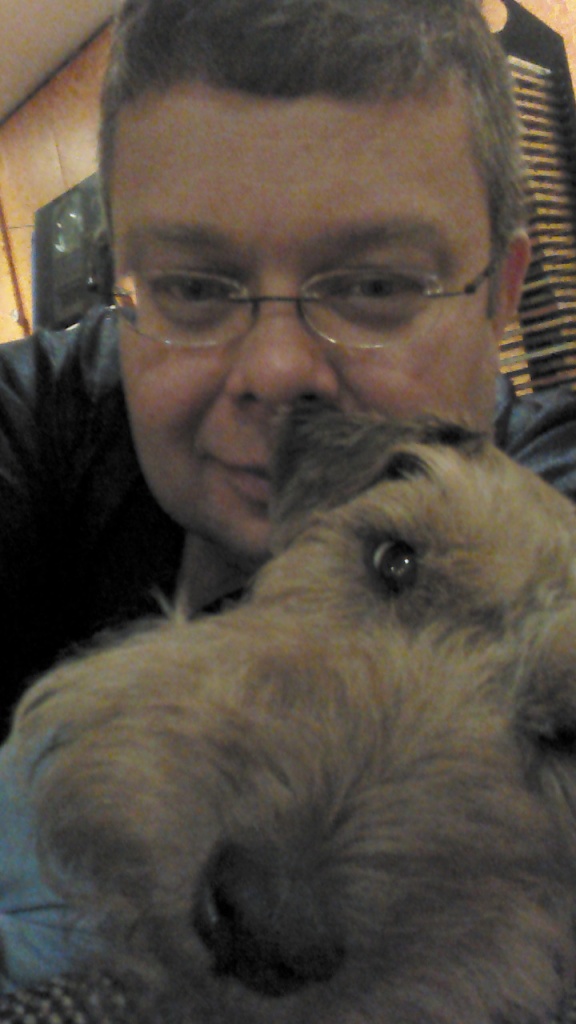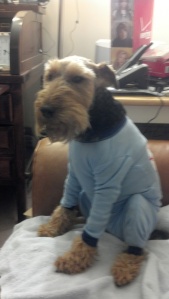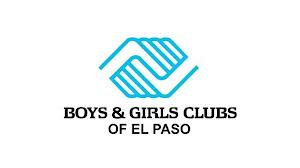 Welcome to the May 2014 Nonprofit Blog Carnival. This month’s theme was “Letting the non-profit sector go to the dogs,” and we asked bloggers to focus on how non-profit agencies can build loyalty among any number of stakeholder groups such as donors, staff, board members, volunteers, etc.
Welcome to the May 2014 Nonprofit Blog Carnival. This month’s theme was “Letting the non-profit sector go to the dogs,” and we asked bloggers to focus on how non-profit agencies can build loyalty among any number of stakeholder groups such as donors, staff, board members, volunteers, etc.
Bloggers were given extra special bonus points if they were able to weave into their post something about dogs.
Why dogs?
I think the American author, Jack London, summed it up best when he said:
“A bone to the dog is not charity. Charity is the bone shared with the dog, when you are just as hungry as the dog.”
Is that quotation a bit esoteric for your tastes?
Then ask yourself this question: “Is there anything more loyal in this world than a dog?” If your answer is NO, then perhaps the non-profit sector can learn a thing or two about loyalty from our canine companions.
Enjoy this month’s carnival and please feel free to weigh-in with anything your agency is doing to build loyalty in the comment section below.
 Donor loyalty & fundraising
Donor loyalty & fundraising
- Joanne Fritz talks about her granddogs, Mia and Sophie, in her post titled “Who’s bored? Probably not your donors” at about.com. Perhaps, Mia and Sophie can teach fundraising professionals a thing or two about the value of routine.
- Ken Goldstein explains in The Nonprofit Consultant Blog that times have changed and donor loyalty isn’t as simplistic as a dog’s love of its owner. In his post “Are You Treating Your Cats Like Dogs?” he talks about information preferences, method preferences, and campaign preferences. As you may have guessed already, Ken is a “cat person.”
- Claire Axelrad asks in her blog Clairification, “How to build donor loyalty and take puppy love to forever love?” in a post she titled “Just Puppy Love? 4 Ways Nothing Beats It When It Comes to Donors“
- Heather Stewart is a first time entrant to the Nonprofit Blog Carnival and is a blogger at Activate Fundraising in Scotland. Her post — “What would Murdo do?” — has her 1-year-old Cockapoo take readers through the steps associated with building donor loyalty (e.g. clarity, relationship-building and engagement).
- Arroyo Fundraising Fluency blog published “What I Learned From My Dog About Donor Loyalty.” This post lists 4 “lessons” from Kathie Kramer Ryan’s dog, Charles, and how these lessons can inform our work with donors. If we want donors to be loyal to our organizations, we need to be loyal to them.
- Ann Greene’s Nonprofit Blog submission was “What Dogs Can Teach Us About Donor Loyalty.” Ann’s post is a little different from the others in this section. She suggests that we can learn something about donor loyalty from dogs, such as they are always excited to see us and provide unconditional love, but they also need a lot of attention and consistency.
- Pamela Grow’s blog features an amazingly cute shepherd-poodle-terrier mix named Enzo. Her post is titled “Fundraising lessons from Enzo” and you need to read to the very end of the post to learn what the most effective fundraising professionals understand and practice every single day.
- Lori Halley writes the always clever and informative Wild Apricot Blog (and she is hosting the June 2014 Nonprofit Blog Carnival). Her post — “The Low Down on Donor Loyalty” highlights her adorable dog, Teddy, and answers this interesting question: “What do loyalty programs and non-profits have in common?“
- Lance Leasure writes for Orange Gerbera blog and asked in a recent post “Are your donors as loyal as a dog?” Lance includes his 13-year-old blind dog — Punch — in his post. I just didn’t have the heart to exclude a geriatric blind dog from this month’s Nonprofit Blog Carnival. Besides, Lance offered a number of nice tips to non-profits on how to build donor loyalty. Nice job Punch (and Lance)!
- Stephanie Arcella published “Don’t Forget Your Biggest Asset — Cultivating Loyalty in Your Employees” at Take Two blog. Good, loyal, hardworking talent is difficult to find. With limited salary capacity, nonprofits are bound to lose their best talent if they don’t actively cultivate long term commitments from staff. Stephanie offers four awesome tips that you will likely find very manageable.
Your constituents and clients
- Bix Gabriel at Take Two blog makes it difficult to exclude his post titled “Who’s Your First Love?: Being Loyal To Your Nonprofit’s Primary Audience(s).” Not only did he include a picture of his childhood pet poodle when she was only 7 days old, but he provides three great tips on how your agency can demonstrate loyalty to those you serve.
 Brand loyalty, marketing & social media
Brand loyalty, marketing & social media
- Our friends at Double the Donation blog wrote “Nonprofits — How to Use Social Media to Build Donor Loyalty.” This post focuses on how nonprofits can use social media (Facebook, Twitter, LinkedIn) to increase loyalty among their constituents (individual donors, corporate partners, and volunteers). Their suggestions include publicly recognizing donors, providing relevant stories, and asking questions!
- J Campbell Social Media blog penned “10 Ways to Build Loyalty Among Your Online Community Members.” Julia Campbell writes that nonprofit social media campaigns are still focused on the numbers game (e.g. collecting the most Likes on Facebook, the most Twitter and Pinterest followers and the most views on YouTube). She poses the question: “Instead of focusing on growing your social media numbers, how about focusing on building loyalty – retaining engaging the fans/followers that you do have?“
- Douglas Gould and Company blogged recently “Media’s Best Friend (Communications Professionals)” and talked about pitching, fetching and blog outreach.
- Joe Garecht wrote “How to Build Brand Loyalty for Your Nonprofit” at The Fundraising Authority blog. Towards the end of this post, Joe does an awesome job of highlighting brand loyalty fundamentals (e.g. consistent imagery, emotional connections, etc).
Stories from the front line
 At DonorDreams blog, I dedicated the entire month of May to this month’s Nonprofit Blog Carnival theme of loyalty.
At DonorDreams blog, I dedicated the entire month of May to this month’s Nonprofit Blog Carnival theme of loyalty.
Instead of pontificating like a consultant (it is an occupational hazard at times), I interviewed former clients and other non-profit friends about what they are doing to build loyalty with a variety of their different stakeholder groups.
Please click-through any of the following non-profit agencies’ stories and you might learn something from your peers:
- Boys & Girls Club of Bloomington, Indiana — donor loyalty
- Boys & Girls Clubs of Columbus, Ohio — staff loyalty
- Elgin Area Chamber of Commerce — membership loyalty
- Vietnamese Association of Illinois — staff loyalty
- Boys & Girls Club of El Paso — integrated loyalty (e.g. board, staff, donors, kids)
- Anonymous letter from a non-profit CEO — staff loyalty
- Glenwood Academy — donor loyalty
I hope you enjoyed this month’s Nonprofit Blog Carnival submissions. I don’t know about you, but I think Saint Basil hit the nail on the head when he said:
“Does not the gratitude of the dog put to shame any man who is ungrateful to his benefactors?“
Please share your thoughts and experiences in the comment box below. We can all learn from each other, which is what the Nonprofit Blog Carnival is all about.
Next month’s Nonprofit Blog Carnival
Lori Halley at Wild Apricot blog will be next months host the next Nonprofit Blog Carnival. The theme will be “Nonprofit Inspiration and Innovation.”
Click here for more details and how to submit your blog entry for consideration in June 2014.
As I say at the end of all my blog posts . . .
Here’s to your health!
Erik Anderson
Founder & President, The Healthy Non-Profit LLC
www.thehealthynonprofit.com
erik@thehealthynonprofit.com
http://twitter.com/#!/eanderson847
http://www.facebook.com/eanderson847
http://www.linkedin.com/in/erikanderson847


 When I decided to ask local non-profit organizations to use my blog platform to talk about some aspect of building loyalty with a particular stakeholder group, I sent out a ton of email requests to former clients asking them to consent to an interview or send me something in writing.
When I decided to ask local non-profit organizations to use my blog platform to talk about some aspect of building loyalty with a particular stakeholder group, I sent out a ton of email requests to former clients asking them to consent to an interview or send me something in writing.
 “It all ties together,” explains Jaime. “The big challenge is creating a culture that appreciates and strives to create loyalty.”
“It all ties together,” explains Jaime. “The big challenge is creating a culture that appreciates and strives to create loyalty.”